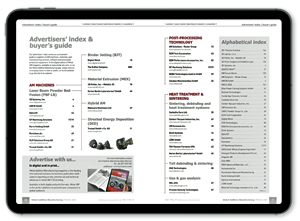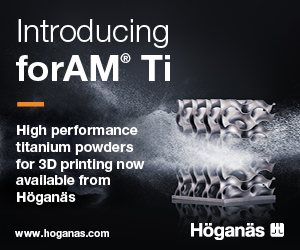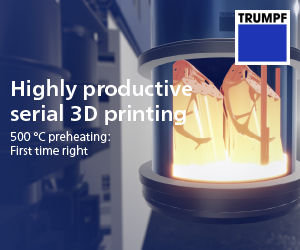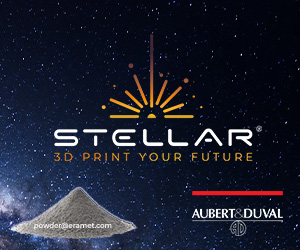CoreTechnologie releases updated 4D_Additive software with new nesting functions
July 11, 2022
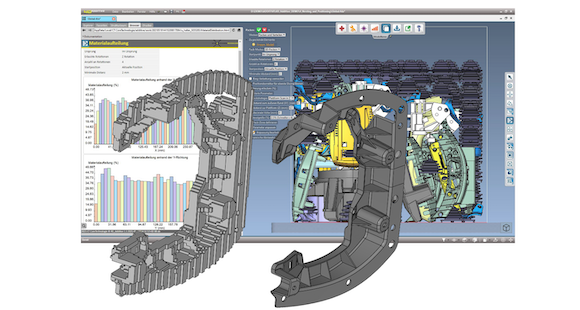
CoreTechnologie, headquartered in Mömbris, Germany, has released 4D_Additive 1.4 SP0. This version is equipped with new and optimised functions, the highlight of which is said to be the revised nesting functions. This updated version is reputed to also feature higher speed, accuracy and packing density, as well as optimised packing distribution. The new powercopy nesting function allows for the fast packing of identical parts with a maximum packing density.
In the latest 4D_Additive software version, the entire Fused Filament Fabrication (FFF) technology, a form Material Extrusion (MEX) Additive Manufacturing, can be mapped. This enables the creation of FFF-specific supports, as well as the hollowing of models and special FFF hatching and slicing strategies. In addition, the realistic display of the individual layers and the resulting model is possible with a high-resolution 3D player. As well as utilising the STL format, the slicing data is exported in a special G-code file for Volumic and Ultimaker printers for output to the machine.
By integrating the EOSprint 2.0 interface, build data from 4D_Additive can be sent directly to EOS machines without detours via other software tools. The Additive Manufacturing software makes it possible to read native CAD data, prepare it for common AM processes, control and optimise process parameters and send the data to EOS machines with a single tool. The EOSprint API integrated into 4D_Additive is said to also calculate the exact path of the laser during the production process and optimises factors such as build speed and surface quality. The new version 4D_Additive 1.4 supports EOS machines such as the M290, M400, M400-4, M300-4, P500, M100 and, from November 2022, the Formiga P110 Velocis.
The Marching Cube function enables the repair of low-quality scan data and STL models with numerous holes, knife edges and misaligned triangles and automatically creates closed solids. In addition, the new mesh reduction function is intended to help reduce elements or triangles on STL models, effectively reducing the amount of data at the touch of a button. The user can set the percentage reduction, the maximum number of triangles or the permitted chord deviation.
Further information is available via the company website.





